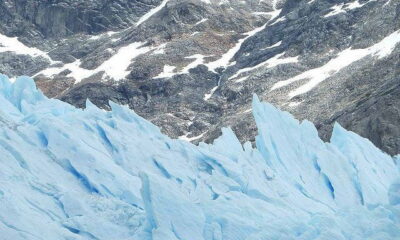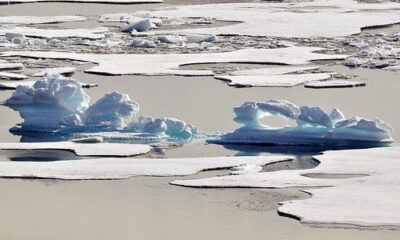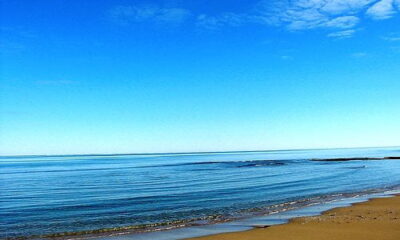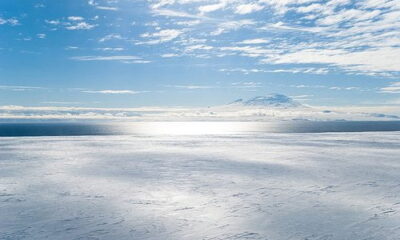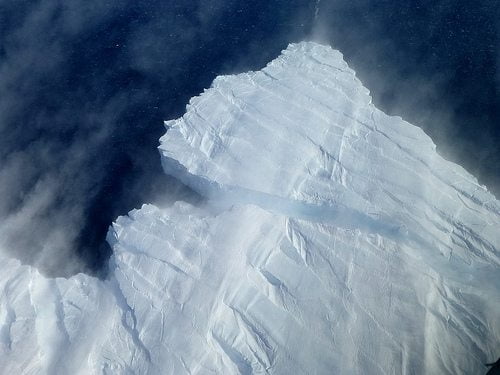

Environment
Antarctic ice sheet splits up into giant iceberg
The largest glacier in the Antarctic, the Pine Island Glacier, has generated an iceberg of 720 square kilometres (sq km) in size, two years since a crack was first spotted.
The newborn iceberg, which measures eight times the size of Manhattan, is now floating in the Amundsen Sea. The Pine Island is one of the largest and fastest flowing glaciers in Antarctica.
Researchers from the Alfred Wegener Institute have been monitoring the ice shelf via satellites since it first cracked in 2011.
“As a result of these cracks, one giant iceberg broke away from the glacier tongue. It measures 720 sq km and is therefore almost as large as the city of Hamburg“, said Angelika Humbert, ice researcher at the institute.
“The creation of cracks in the shelf ice and the development of new icebergs are natural processes.”
She said that the increasing flowing speed is likely to be disconnected from higher air temperatures. However, alterations in the wind directions in the Amundsen Sea might have played a role.
She added, “The wind now brings warm sea water beneath the shelf ice. Over time, this process means that the shelf ice melts from below, primarily at the so-called grounding line, the critical transition to the land ice.”
If the western Antarctic ice shelf is going to flow as fast as the Pine Island Glacier did, there might be serious consequences connected to the rise of sea levels.
Humbert said, “The western Antarctic land ice is on land which is deeper than sea level. Its ‘bed’ tends towards the land. The danger therefore exists that these large ice masses will become unstable and will start to slide.”
Further reading:
Scientists to retrace explorer’s Antarctic route to track changes in region
Antarctic region melting twice as fast as first feared
Comprehensive study shows extent of ice loss increase
British and Chilean Antarctic research centres set for collaboration


 Environment10 months ago
Environment10 months agoAre Polymer Banknotes: an Eco-Friendly Trend or a Groundswell?

 Environment12 months ago
Environment12 months agoEco-Friendly Home Improvements: Top 7 Upgrades for 2025

 Features9 months ago
Features9 months agoEco-Friendly Cryptocurrencies: Sustainable Investment Choices

 Features10 months ago
Features10 months agoEco-Friendly Crypto Traders Must Find the Right Exchange
